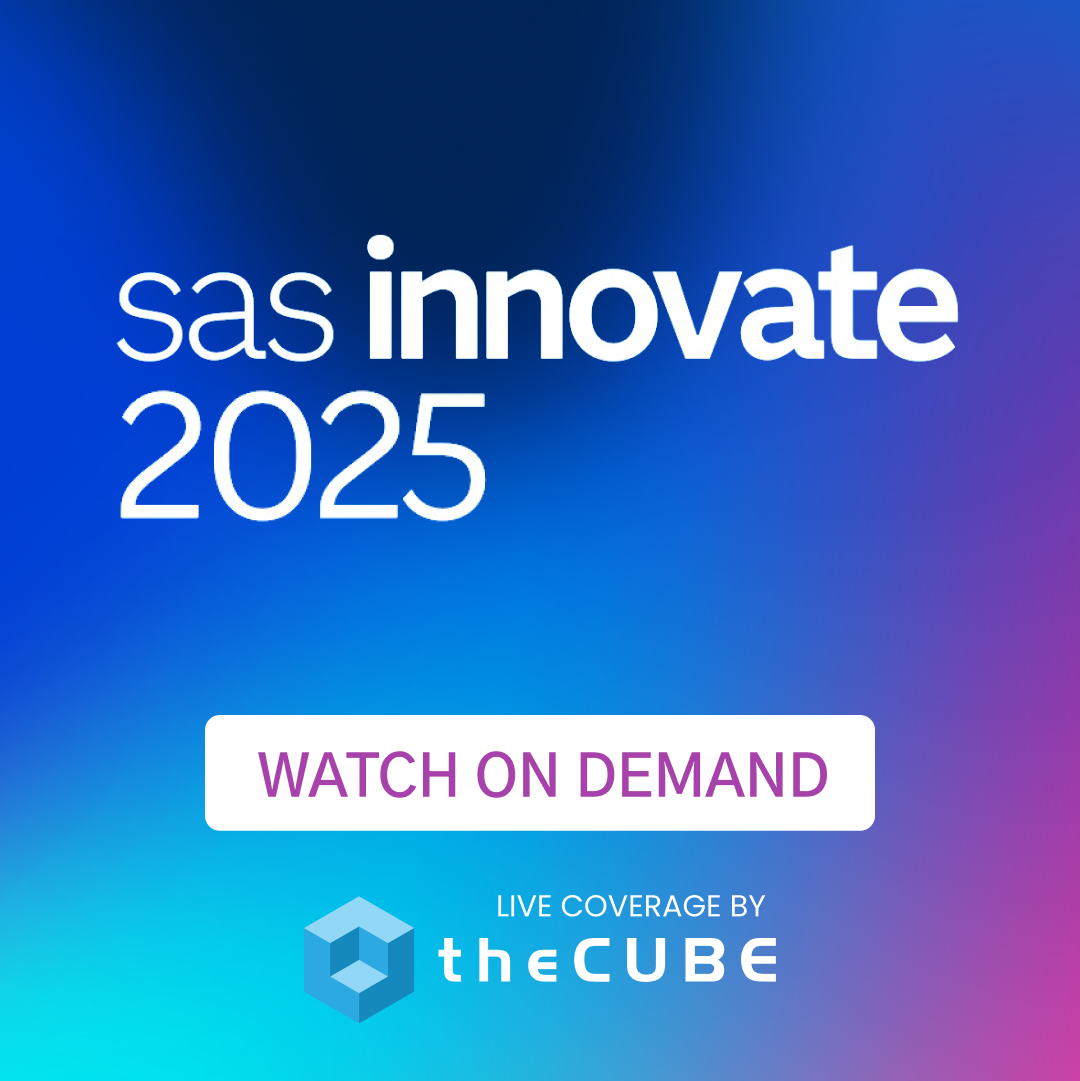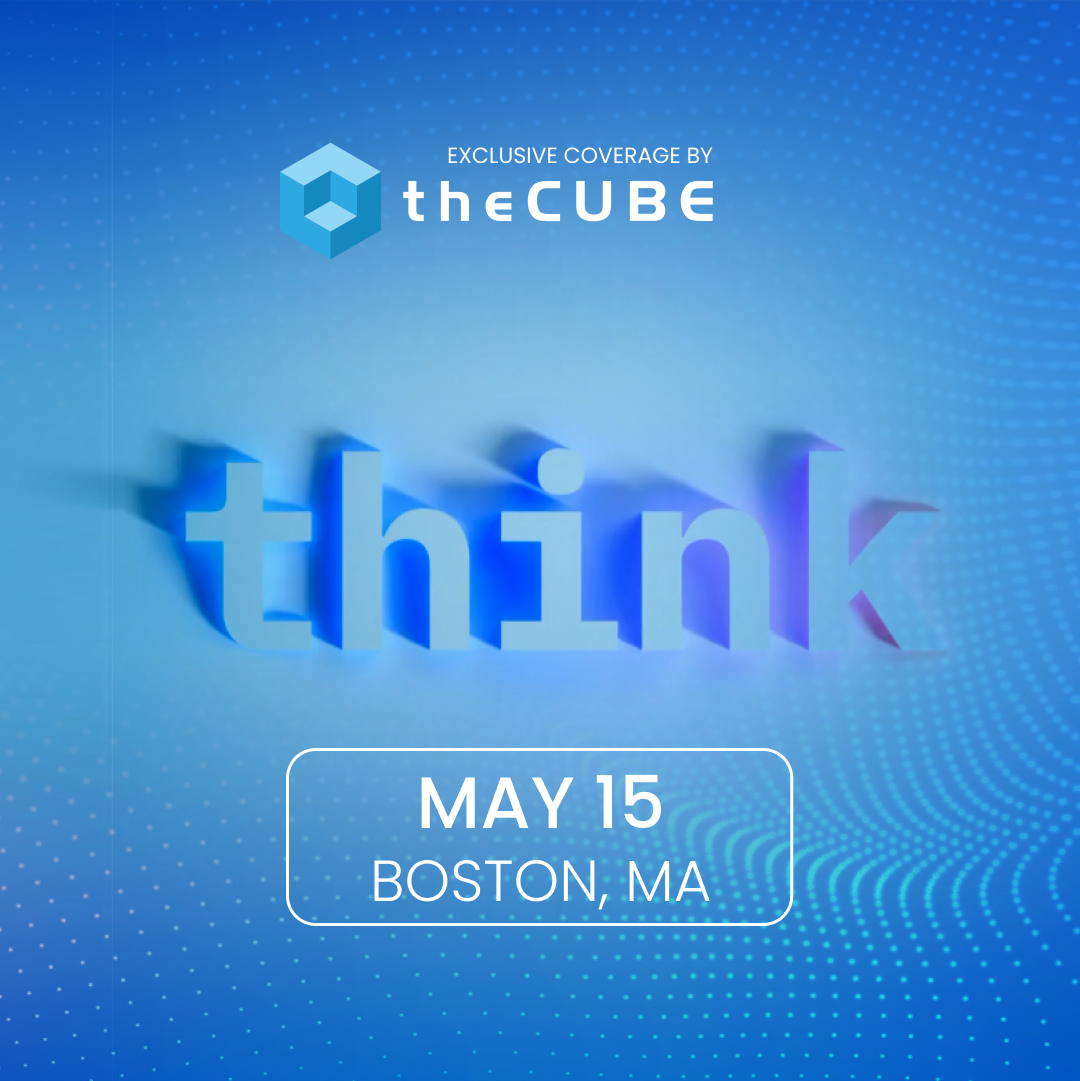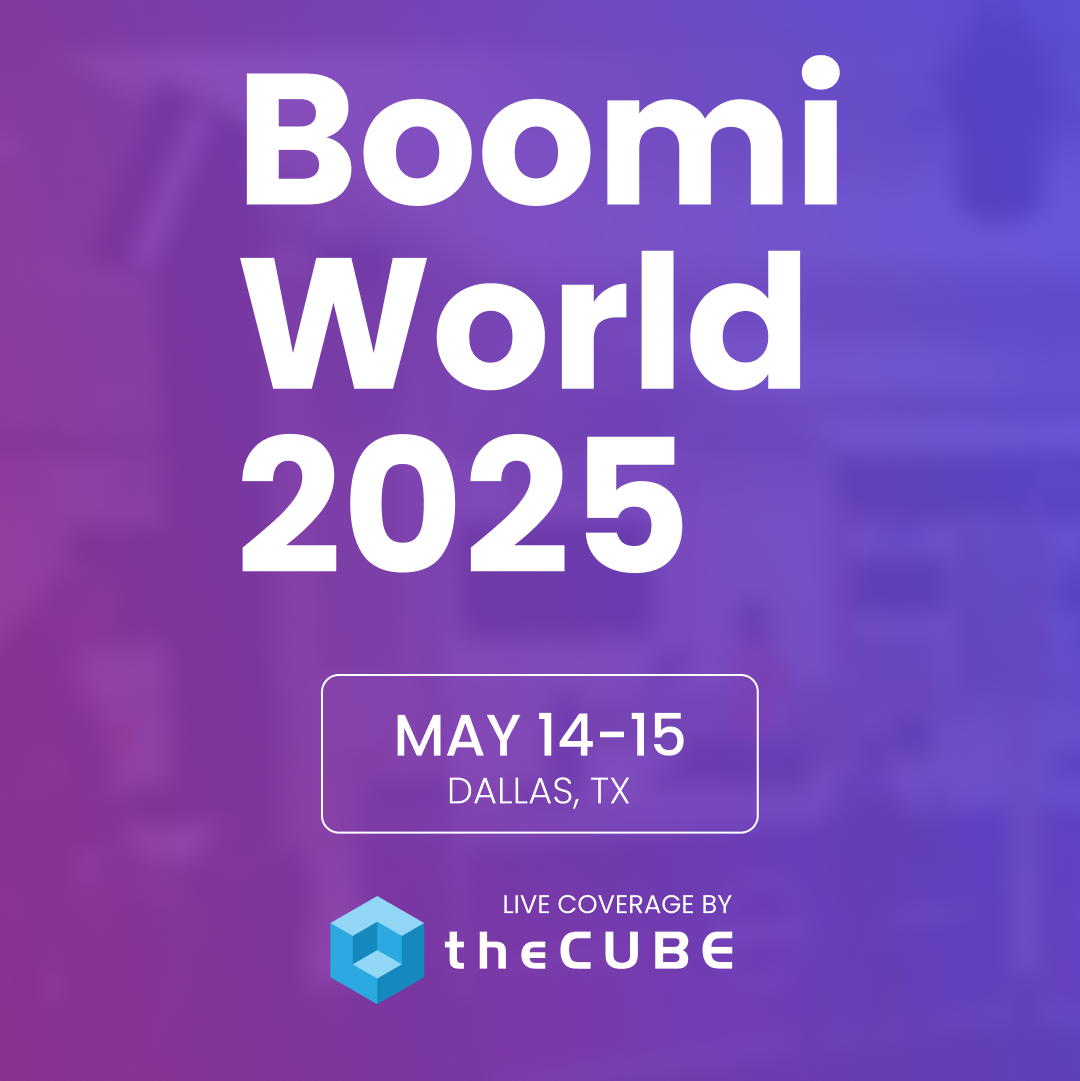A Dreamy Big Data Dinner Party for IBM VP Anjul Bhambhri
![]() I was thrilled to first meet Anjul Bhambhri because of her longevity in the big data space. As Vice President of Big Data Products at IBM, she has a unique perspective on big data as well as her company, and Bhambhri’s passion for her area of expertise shows through. Bhambhri’s one of my most anticipated profiles in our Snapshot series, as she lays out a vision for the future of big data and IBM’s position in this growing field. Today Bhambhri shares some of the fascinating things she’s seen during her tenure at IBM, the key industries impacted by big data, and the trends she’ll be watching in 2012.
I was thrilled to first meet Anjul Bhambhri because of her longevity in the big data space. As Vice President of Big Data Products at IBM, she has a unique perspective on big data as well as her company, and Bhambhri’s passion for her area of expertise shows through. Bhambhri’s one of my most anticipated profiles in our Snapshot series, as she lays out a vision for the future of big data and IBM’s position in this growing field. Today Bhambhri shares some of the fascinating things she’s seen during her tenure at IBM, the key industries impacted by big data, and the trends she’ll be watching in 2012.
What’s the most interesting thing you’ve seen after working at IBM for 10 years?
The most interesting thing I have seen at IBM is the changing landscape of data from transactional to data encompassing a wide variety of content and sources. For example according to a recent IBM report, 10% of Black Friday’s online retail traffic was conducted on an iPhone or iPad which shows how our behaviors are changing at an astonishing rate. IBM is at the core of this evolution of connecting people to technology with a Smarter Planet.
Positions like data scientists and chief security officers have developed as we need to wrap our arms around this information. What is next? I think if you were to ask me what I look forward to seeing is how IT vendors like IBM will help prepare enterprises and the workforce to meet the skills gap. The next generation of workers will need to be able to handle information complexity and continue to pursue their own education with regards to information management and business analytics.
What trends are you keeping an eye on?
![]() In the next year, I will watch analytics-as-a-service and how organizations will make data more consumable. There has always been data variety, but today it is the challenge of the volume and demand for real-time information. Enterprises need to tap into business intelligence to facilitate discovery that will spur action. As analytics-as-a-service becomes more widespread I predict that customer adoption of these big data technologies will increase. The combination of real-time business analytics and broader understanding of how to use these solutions will enable enterprises to make informed decisions for competitive advantage.
In the next year, I will watch analytics-as-a-service and how organizations will make data more consumable. There has always been data variety, but today it is the challenge of the volume and demand for real-time information. Enterprises need to tap into business intelligence to facilitate discovery that will spur action. As analytics-as-a-service becomes more widespread I predict that customer adoption of these big data technologies will increase. The combination of real-time business analytics and broader understanding of how to use these solutions will enable enterprises to make informed decisions for competitive advantage.
We’ve had analytics before. Now with the advancements, you can do analytics on individual sources like SMS, Internet activity, in-store sensors, Facebook and Twitter and build upon that. You can see different patterns emerge and look at global analysis. It is not simply about managing large amounts of data — now it’s about how businesses can analyze this data to get impactful insights.
Who’s at your dream dinner party?
We’re in the early days of what I call the era of big data. There are many conversations I am having with today’s technology and business leaders about how to help organizations analyze it in a meaningful way. There are no one-size-fits-all approaches to big data analytics, which means you need to build an ecosystem of partners to make it useful and relevant.
My dream dinner party would bring together venture capitalists and startups. Many of these individuals and companies are investing in and working on new kinds of business applications that the IT industry hasn’t thought of yet. I would also invite academics from both business and technology schools to talk about the kinds of skills that are necessary to prepare the future workforce for big data careers.
My guests of honor would include IBM alumni Don Chamberlin and Patricia Selinger, who helped make the relational database possible. They were at the beginning of a data management revolution, which required new ways of thinking, much like we are today with big data analytics.
What are 3 industries/areas to be most impacted by big data?
![]() First of all, let’s identify which industries have already been impacted by big data. These sectors have adopted technology to discover information trends and enable smarter business decisions. We have seen significant progress in the government, financial, retail and telecommunications sectors. These industries have established ways to derive insights that drive business improvements. I anticipate that the next wave of industries to be affected will be in the consumer packaged goods, energy & utilities and healthcare sectors. These are areas that are seeing the proliferation of information from internal and external sources, from multiple sources of data including text, video, audio, and sensors. Social media is just the beginning, but often one of the most cited causes of big data.
First of all, let’s identify which industries have already been impacted by big data. These sectors have adopted technology to discover information trends and enable smarter business decisions. We have seen significant progress in the government, financial, retail and telecommunications sectors. These industries have established ways to derive insights that drive business improvements. I anticipate that the next wave of industries to be affected will be in the consumer packaged goods, energy & utilities and healthcare sectors. These are areas that are seeing the proliferation of information from internal and external sources, from multiple sources of data including text, video, audio, and sensors. Social media is just the beginning, but often one of the most cited causes of big data.
One of the aspects I enjoy about my job is helping companies tackle these IT transitions and share the lessons from other industries. Every industry has its idiosyncrasies, however there are often commonalities. That is why I see the 3 industries that I mentioned – consumer packaged goods, energy & utilities and healthcare – as benefitting from working with IT vendors who serve as partners. A successful partnership will mean bringing the people, processes and technology together to tackle big data.
Being someone who’s been able to carve out their own career around a relevant technology you’re also quite passionate about, what does “balancing the future” mean to you?
“Balancing the future” means developing impactful technology today that will make meaningful changes tomorrow. As IBM looks at its second century, we are going to help our society analyze and consume the massive amount of information created today in real-time. People, cities and organizations are challenged by the proliferation of information and making smarter decisions. “Balancing the future” means creating the big data tools to focus on the long-term needs of our society versus the short-term expectations. We will achieve that balance through inventing core technologies, defining key architectures and maintaining our commitment to research.
A message from John Furrier, co-founder of SiliconANGLE:
Your vote of support is important to us and it helps us keep the content FREE.
One click below supports our mission to provide free, deep, and relevant content.
Join our community on YouTube
Join the community that includes more than 15,000 #CubeAlumni experts, including Amazon.com CEO Andy Jassy, Dell Technologies founder and CEO Michael Dell, Intel CEO Pat Gelsinger, and many more luminaries and experts.
THANK YOU


















